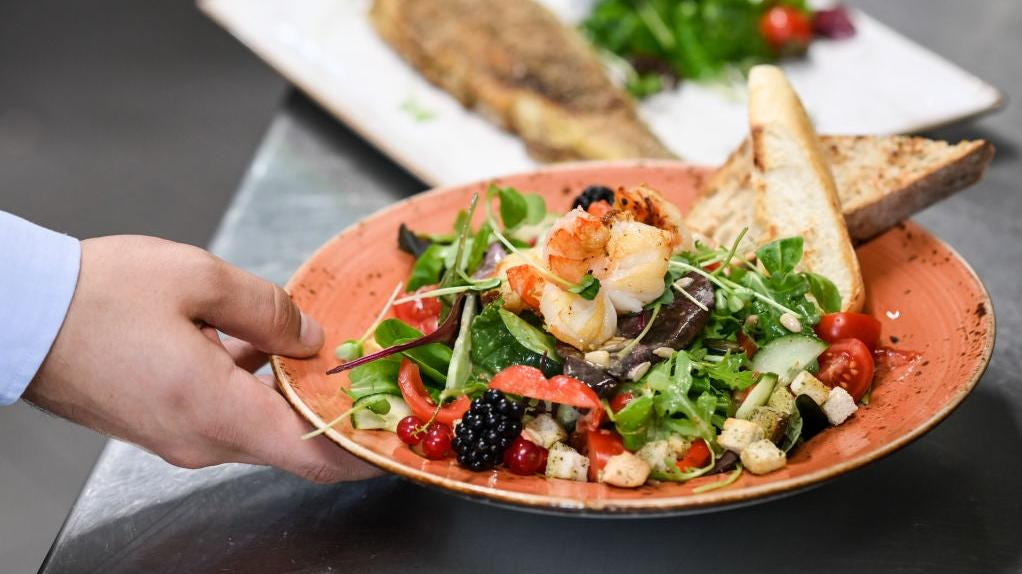Would You Eat A Vaccine Salad?
Scientists might be able to coax plants into producing edible mRNA vaccines.
Modern science is truly amazing. WFLA reports that scientists at the University of California-Riverside are currently working on a way to grow plants that can deliver mRNA vaccines... through your mouth. I bet people with needle aversions are breathing a huge sigh of relief right now.
For context, mRNA vaccines, which teach cells from your immune system how to recognize and fight off infectious diseases, must be stored in cold temperatures until they're used. Otherwise, they won't stay stable. But if the vaccines could be replicated in plant form, then edible mRNA vaccines might actually remain viable at room temperature.
The team of scientists has been awarded a $500,000 grant to research this possibility further. They're trying to hit three goals:
1. To determine if they can deliver the DNA containing the mRNA vaccines into plant cells, where they can be reproduced
2. To prove (hopefully!) that plants can create sufficient quantities of mNRA to replace the amount in a traditional vaccine.
3. To determine the proper plant "dosages," or how much of the plant(s) you'd have to eat to make it an effective vaccine equivalent.
"We are testing this approach with spinach and lettuce and have long-term goals of people growing it in their own gardens," Juan Pablo Giraldo, an associate professor in Botany and Plant Sciences at University of California-Riverside said via a press release. "Farmers could also eventually grow entire fields of it."
The mechanism that might make this possible are chloroplasts, the handy organs inside plant cells that turn sunlight into energy. Past studies have indicated that chloroplasts can create genes that are foreign to their own plant bodies. In the current plant-grown vaccine study, researchers are using nanotechnology to make this process more productive. The nanotechnology makes it possible to deposit more genetic material within those chloroplasts.
"Our idea is to repurpose naturally occurring nanoparticles, namely plant viruses, for gene delivery to plants," Steinmetz says. "Some engineering goes into this to make the nanoparticles go to the chloroplasts and also to render them non-infectious toward the plants."
Vaccine salad? That sounds delicious. Think of the possibilities. How about a Caesar or wedge vaccine with plenty of dressing? Would you like your sandwich with fries or a house vaccination instead?
